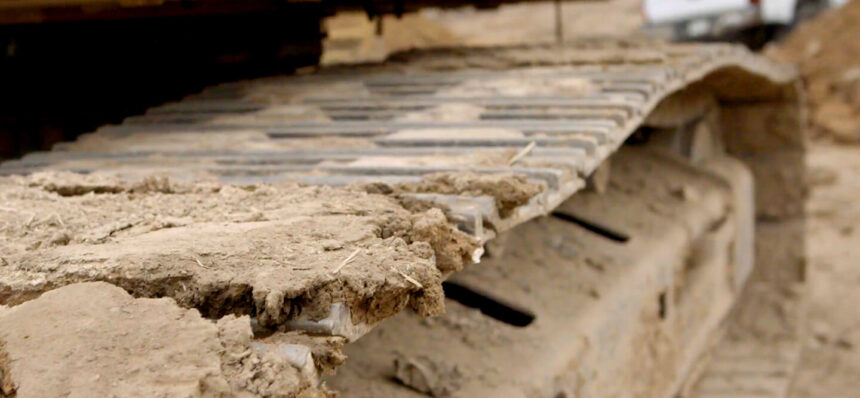The building industry across the globe have started to engage 3D printing technology, in very real and effective ways. The first structures using this technology have proven the anticipated dynamic this technology will have (and is now having) on the building & construction industry.
This is a real-time game-changer for an architect, building companies, contractors, investors, buyers, and governments. The knock-on effects are massive. Read on.
What is 3D Printing?
In 3D printing, successive layers of material are formed under computer control to create an object. These objects can be of almost any shape or geometry and are produced from a 3D model or other electronic data source. A 3D printer is a type of industrial robot.1
3D printing differs to existing construction methods in that it’s done using massive printers which use a composite mixture of concrete & other materials. MIT and ETH Zürich, for example, have looked into ‘reversible concrete’ by developing an additive printing process that positions concrete as a temporary solution.2 This makes it way more robust than regular concrete, and thus offers a stronger self-supporting mechanism. The result? Elimination of a number of the drawbacks associated with some modern-day construction technologies, especially those engaged for design purposes.
Impact
- Housing affordability. By shifting the design process at the start to a much more affordable option, the costs of materials & labour immediately drop
- With the growing need for green construction options, the eco-friendly 3D printing process leverages new materials (that are more environmentally friendly), which ultimately results in lower wastage. This contributes to the cost savings of the technology for the construction industry.
- Almost any geometrical shape can be created using 3D printing. Shapes that don’t house any substances inside (and are therefore hollow) use less material (save costs, kinder to the environment) but also provide spaces that can be used in clever ways: like building services housed within 3D structures.
- Customisation of homes & building structures is a massive plus for the industry. Chinese company Winsun has taken 3D printing to the next level, developing a 5 story apartment building, using construction components built at the company’s own premises, then assembled each element on-site, whilst supplementing the structure with steel reinforcements & insulation.
Drawbacks
- Equipment costs remain high in these early days. For industry-wide cost savings to be realised, broad-based adoption of the technology will bring the overall costs down. Time will tell.
- Culturally, the construction industry is one known to ‘sit back & wait’, rather than being the early adopters. Hence, until other industries start to repeatedly PROVE the worth of 3D printing, the construction industry may lag, which we can only surmise, will be to its detriment
Examples
- Winsun claims to have built 10 3D houses in one day at a cost of just $5,000 per house.
- From an article on CNET, Winsun says the 3D process saves between 30 and 60 percent of construction waste, it could reduce the time required to build by 50 to 70 percent and decrease labor costs by up to 50 to 80 percent 3
In Summary
3D printing will continue to have a massive impact on the full scope of the building industry. Imagine 3D printed homes, where all potential design & construction hurdles are foreseen, where the environmental impact is marginal, and where more people can afford a place to live. This technology is going nowhere. Stay tuned for the next instalment of this article. In the meantime, sign up here to make sure you don’t miss out on the latest news from the world of construction, design, engineering & building software.


